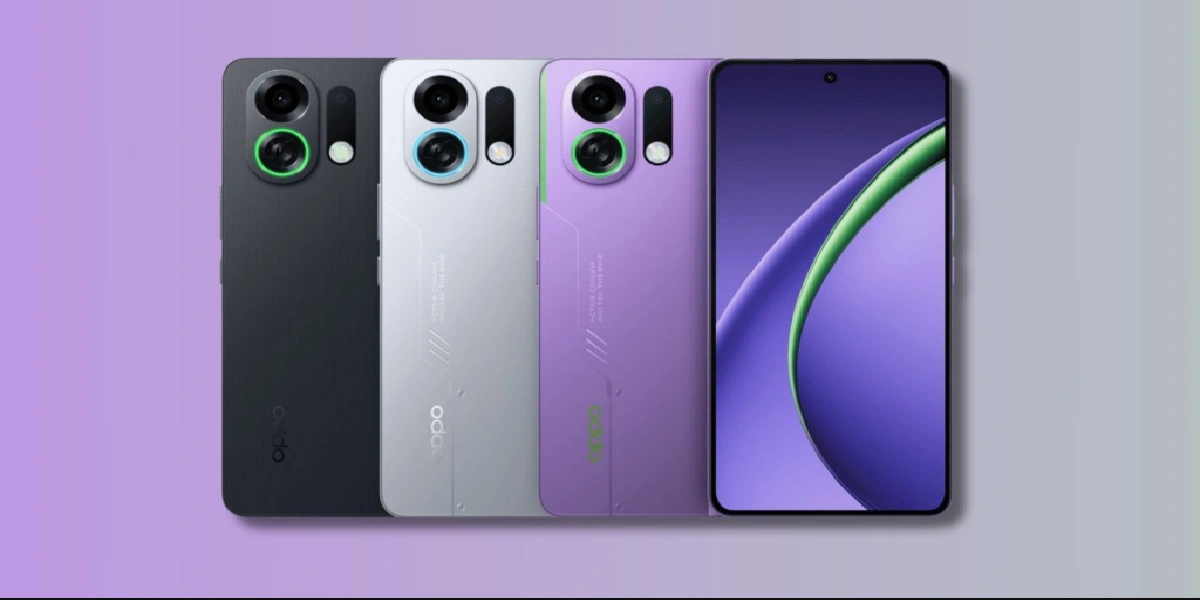Ever wonder how your laptop charger or electric vehicle battery is able to provide clean, efficient power without going up in flames? It’s all due to smart power electronics — particularly a revolutionary breakthrough called soft switching techniques. They’re not jargon; they’re critical in reducing losses in power converters, enhancing performance, and increasing energy efficiency.
Understanding Switching Losses
Hard vs. Soft Switching
In conventional (hard-switched) converters, the switches switch abruptly and therefore have large voltage and current overlap during switching. This overlap creates switching losses, heat, and electromagnetic interference (EMI).
Now, soft switching comes to the rescue in the form of a superhero — enabling transitions at zero voltage or zero current, reducing energy losses by half and doubling lifespan.
Types of Switching Losses
Turn-on losses due to current flowing prior to voltage being zero.
Turn-off losses when voltage increases while current continues to flow.
Snubber losses, required to prevent devices from voltage spikes.
What is Soft Switching?
Definition and Key Concepts
Soft switching is a method where power semiconductor devices turn on or turn off when voltage or current is zero — ZVS (Zero Voltage Switching) or ZCS (Zero Current Switching). It’s a giant stride from hard switching where devices experience excessive stress.
How It Differs from Hard Switching
Feature Hard Switching Soft Switching
| Losses | High | Low |
| EMI | High | Low |
| Thermal Stress | High | Low |
| Lifespan | Shorter | Longer |
Benefits of Soft Switching
Lower energy loss
Less heat generation
Lower EMI
Lower heat sinks and components
Increased converters’ lifespan
Principal Soft Switching Techniques
Zero Voltage Switching (ZVS)
ZVS switches on the switch when the voltage across it is zero — avoiding voltage-current overlap.
Optimal Use:
High-voltage applications
Resonant converters
Half-bridge and full-bridge topologies
Zero Current Switching (ZCS)
In ZCS, current through the switch is zero when it switches off — minimizing current-induced losses.
Optimum Use:
Low-voltage applications
Constant current sources
Resonant Transition Techniques
These apply resonance between capacitors and inductors to determine voltage/current operation waveforms. This makes switching occur at minimal stress points.
Quasi-Resonant and Multi-Resonant Converters
Using resonant circuit manipulation, these converters dynamically respond to keep operation in soft switching even during load variations.
Recent Developments in Soft Switching (2024–2025)
Emerging Research
Adaptive ZVS control algorithms
Real-time AI-based switching control
Improved dead-time compensation for GaN switches
Adoption in Electric Vehicles
Automakers such as Tesla and BYD are now incorporating soft-switching designs into DC-DC converters and onboard chargers.
SiC & GaN Devices
These wide-bandgap semiconductors excel in soft switching applications — providing faster switching and higher temperature resistance.
Real-World Applications
Electric Vehicles
Less heat in inverters and onboard chargers
Longer battery life
Solar Power Systems
Highly efficient MPPT (Maximum Power Point Tracking)
Longer-lasting inverters
Data Centers
Less need for cooling
Greener energy profile
Consumer Electronics
Compact chargers
Cool-running power bricks
Challenges and Limitations
Complex Design: Needs careful control and additional components.
Higher Initial Cost: But cost savings accumulate over the long term.
Control Sensitivity: Minor timing mistakes can cause losses to creep back in.
Designing for Soft Switching
Important Components
Resonant tanks (L-C networks)
Snubber circuits
High-speed gate drivers
Design Tips
Optimize dead-time intervals
Make use of fast-recovery diodes
Select SiC or GaN devices for high-frequency operation
Regulatory & Environmental Impact
Energy Efficiency Standards
IEEE 519 compliance
EN55022 EMI requirements
Bureau of Energy Efficiency (India)
Environmental Impact
Lower carbon footprint
Less e-waste from longer lifespan
Conclusion: Soft switching methods are revolutionizing the way we approach power conversion — an elegant solution to heat, inefficiency, and bulk. Though slightly more difficult to design, the reward in performance, efficiency, and
Read also: DC Generator Definition Working Principle EMF Types






